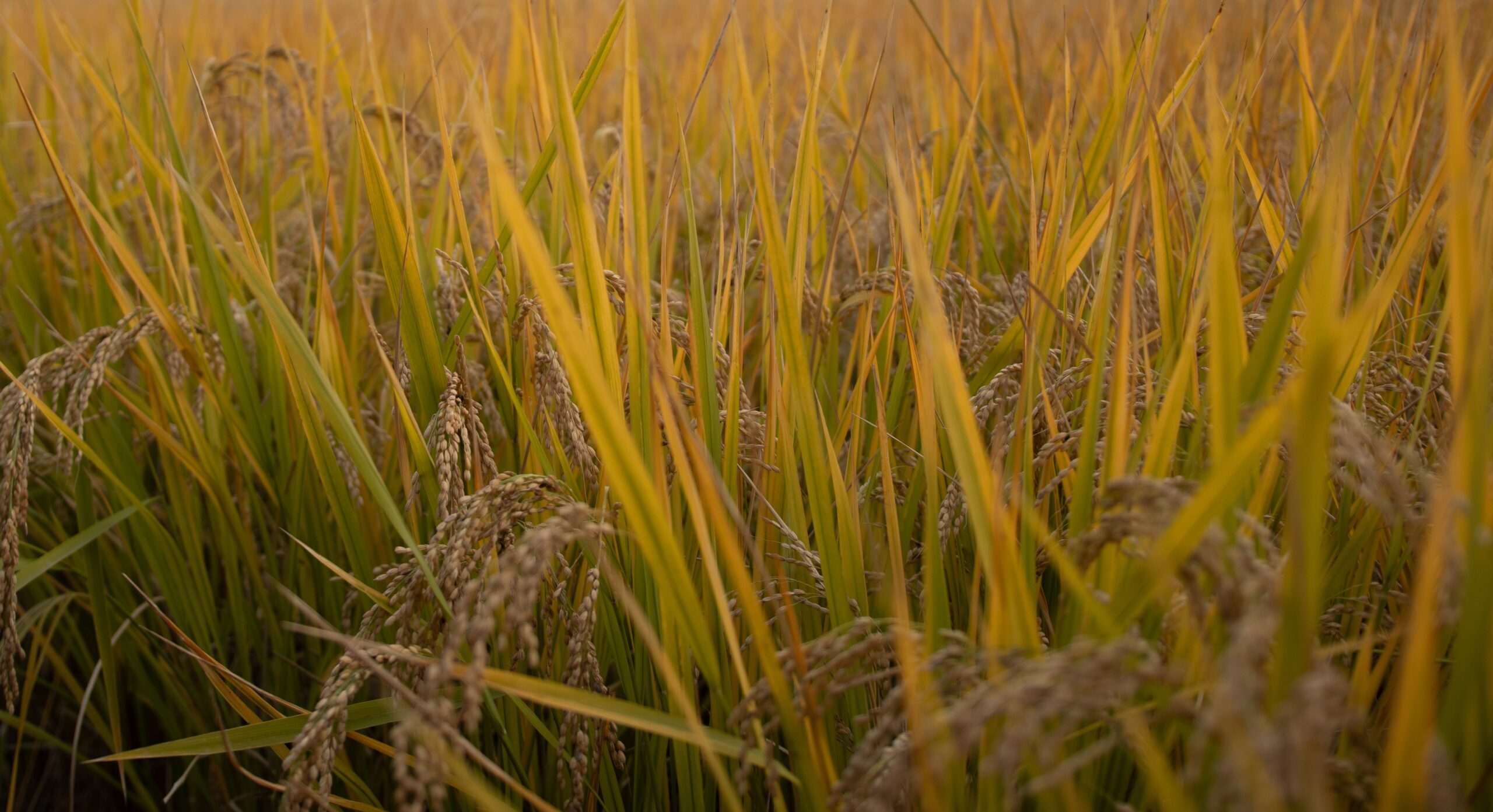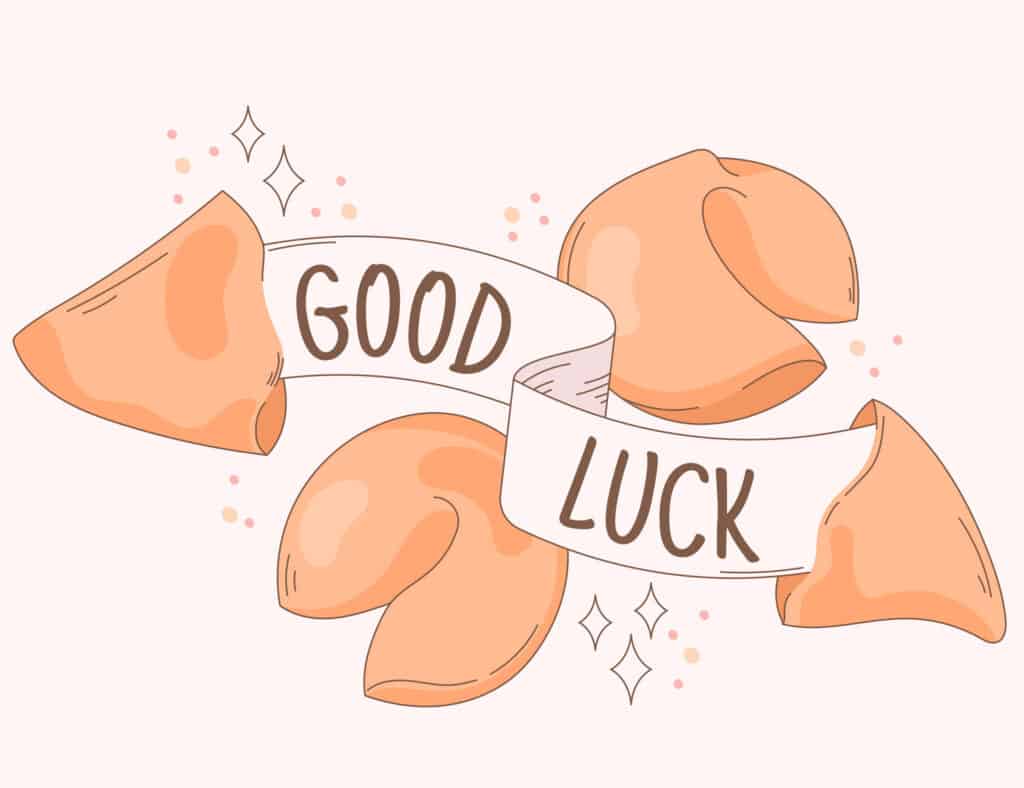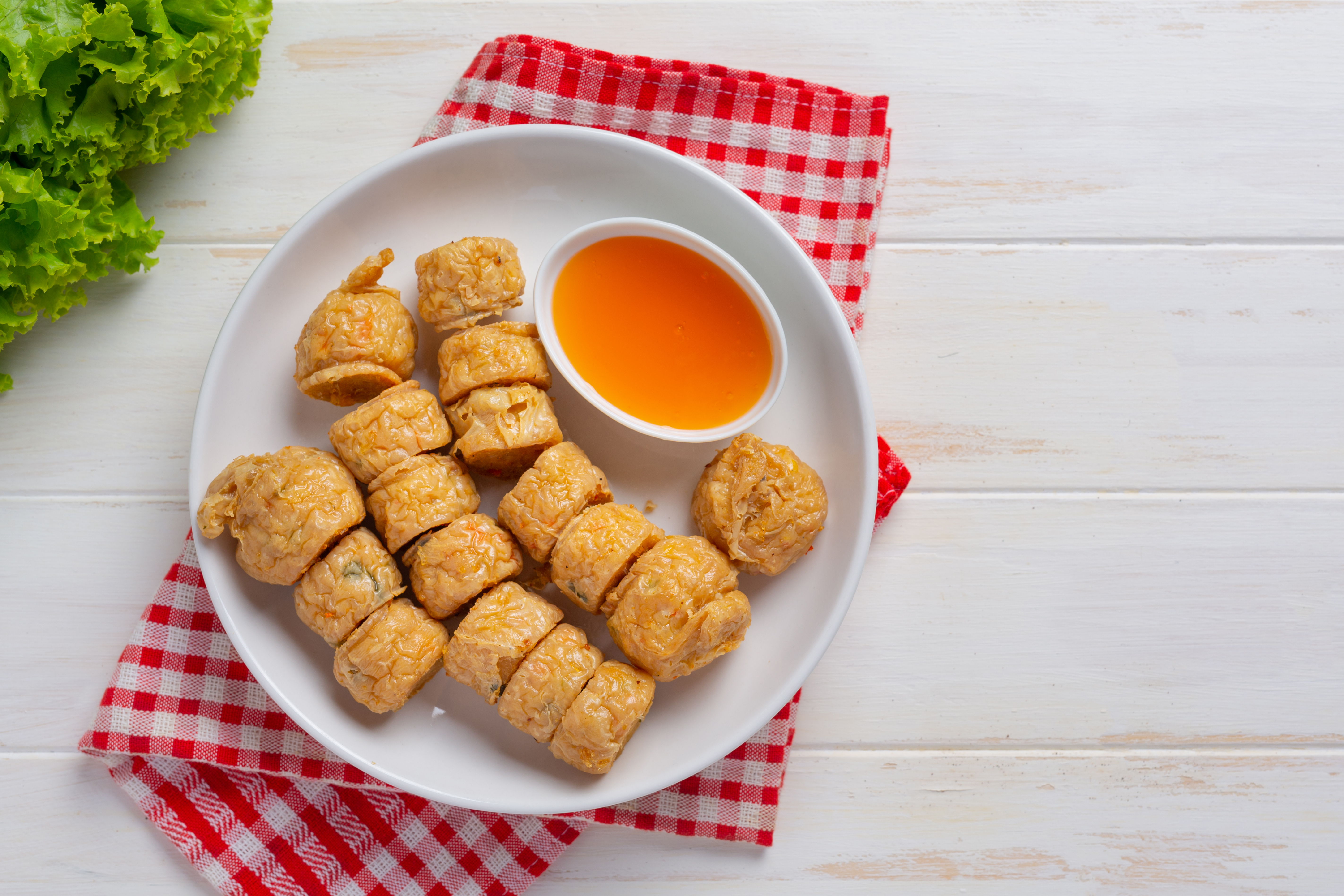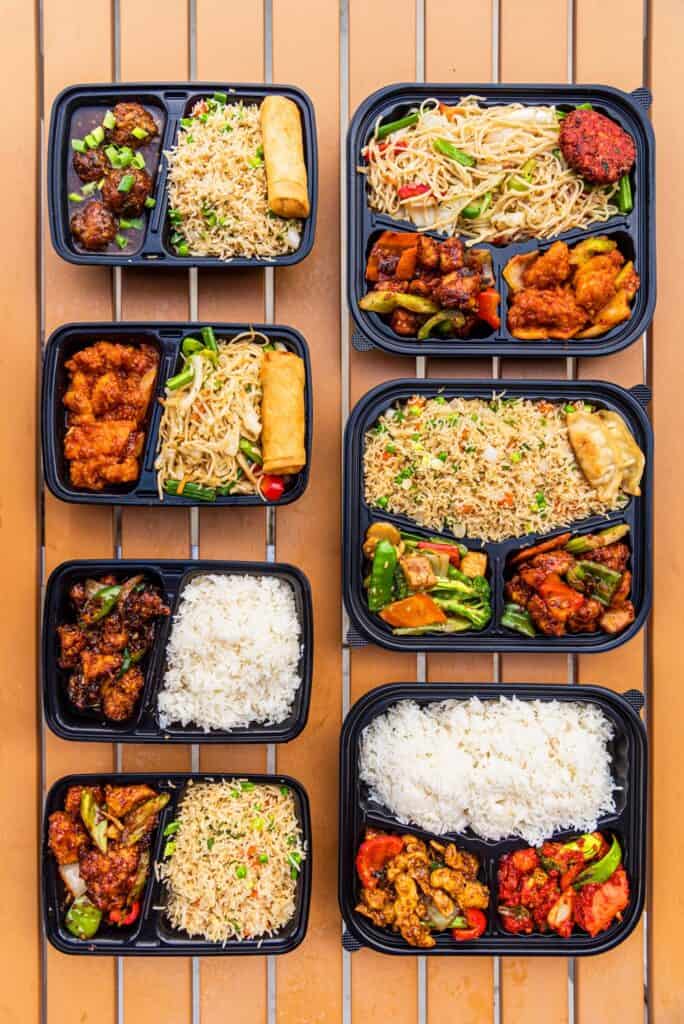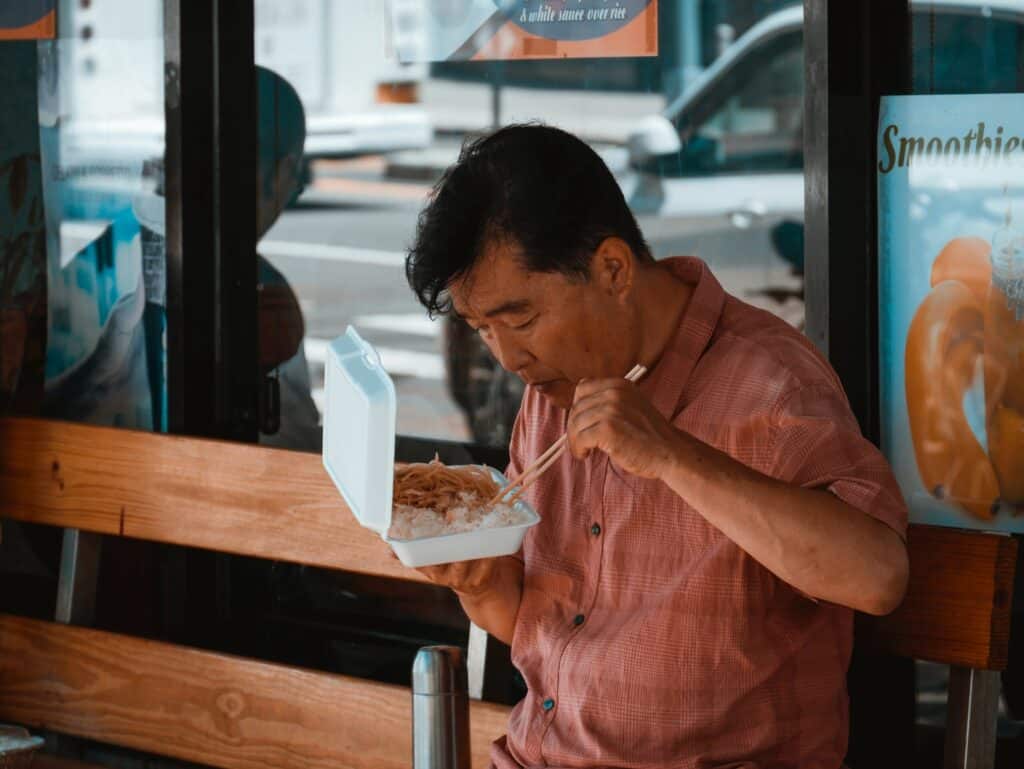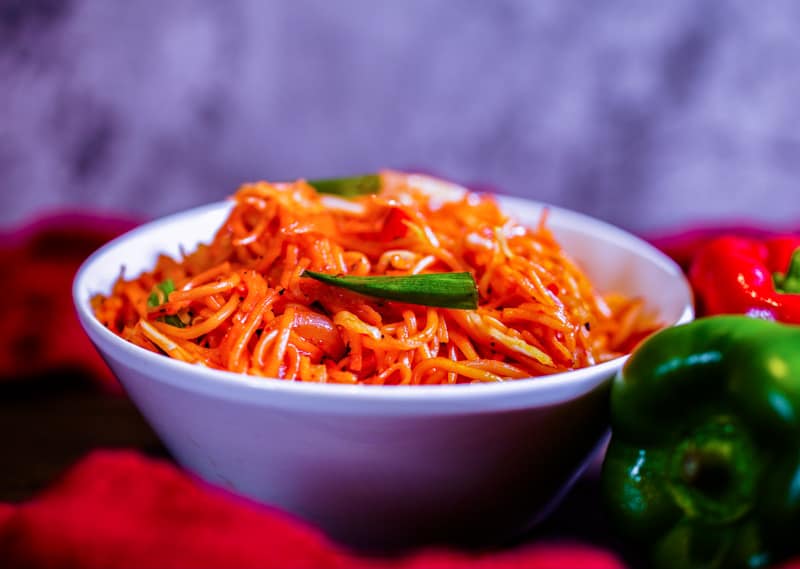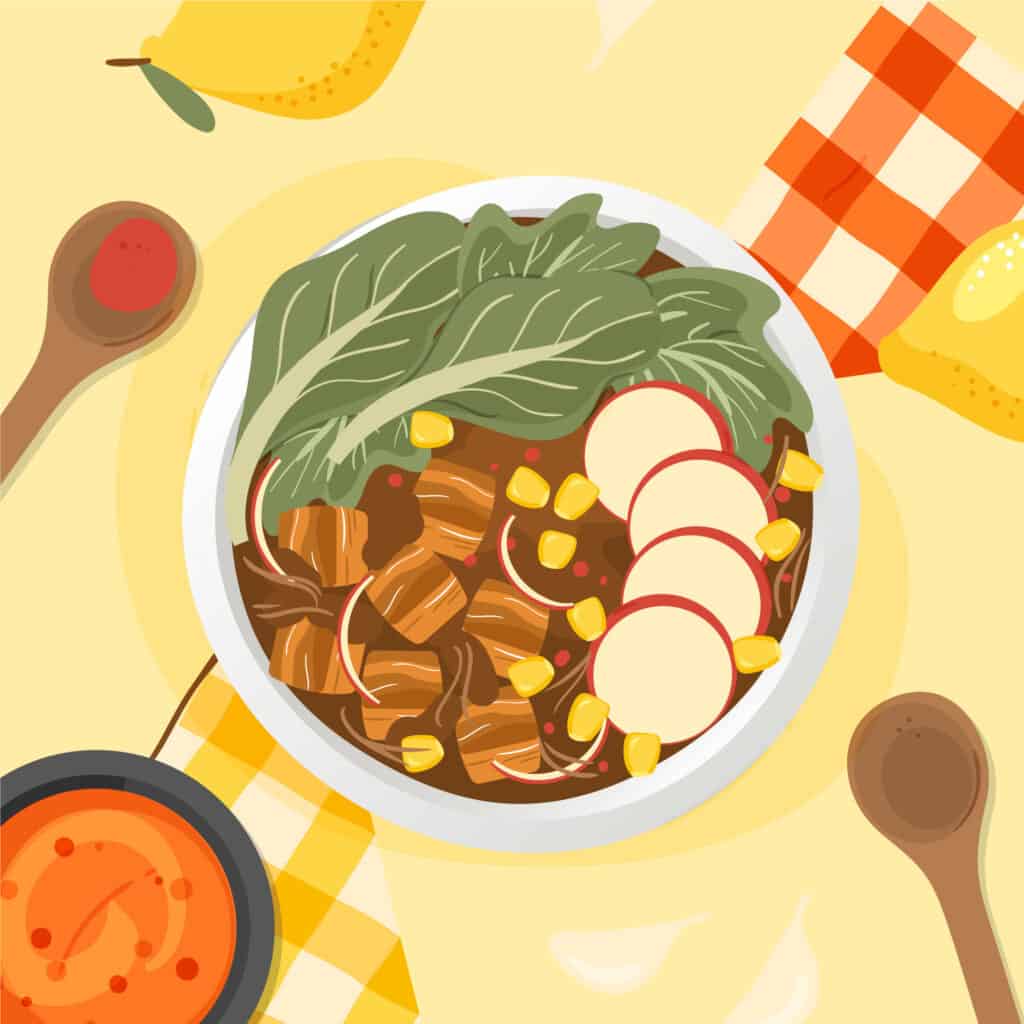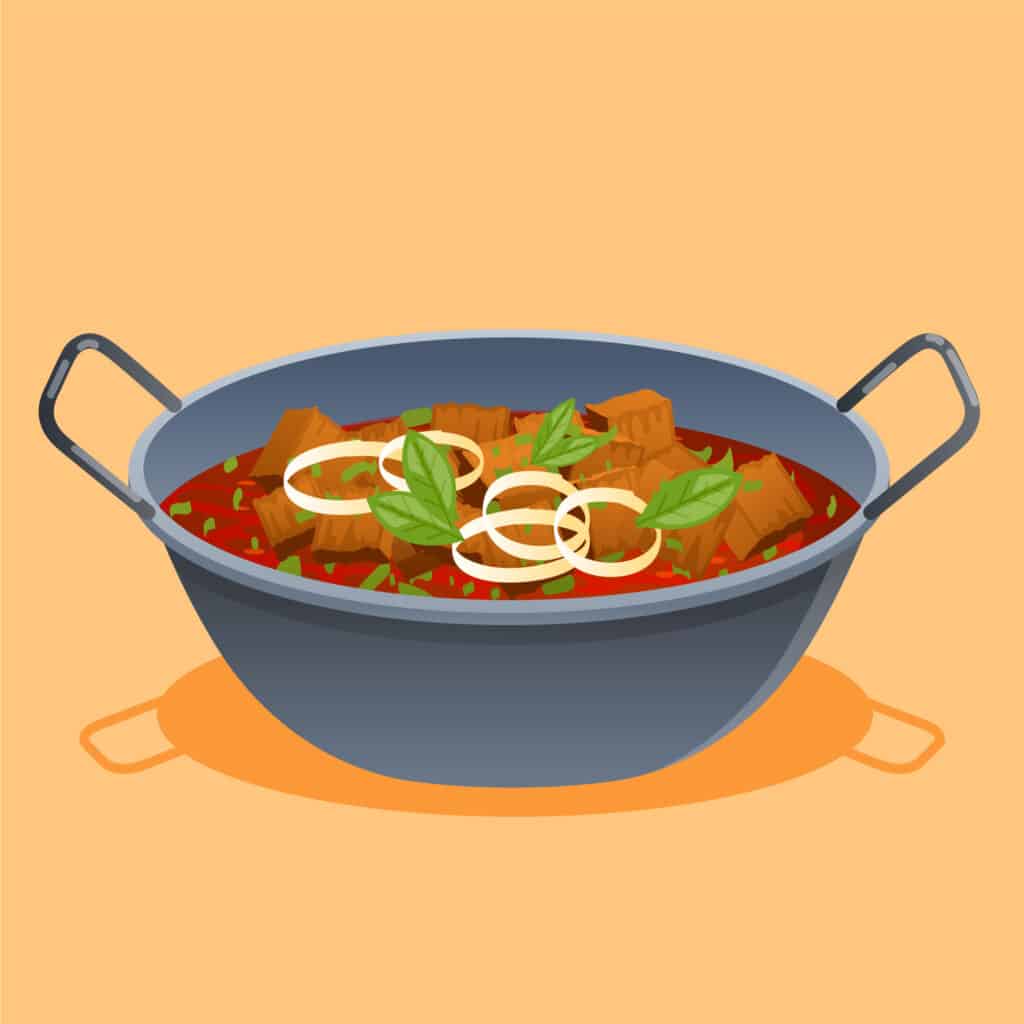A new trade deal is bringing Chinese chicken to the U.S. Cooked chicken from birds grown and raised in China are going to be sent to America, and it’s really all about the beef – American beef.
Commerce Secretary Wilbur Ross announced that the U.S. beef producers will be exporting to China’s nearly 1.4 billion consumers in exchange for Chinese chicken imports. However, this new deal is raising concerns about China’s long history with food safety.
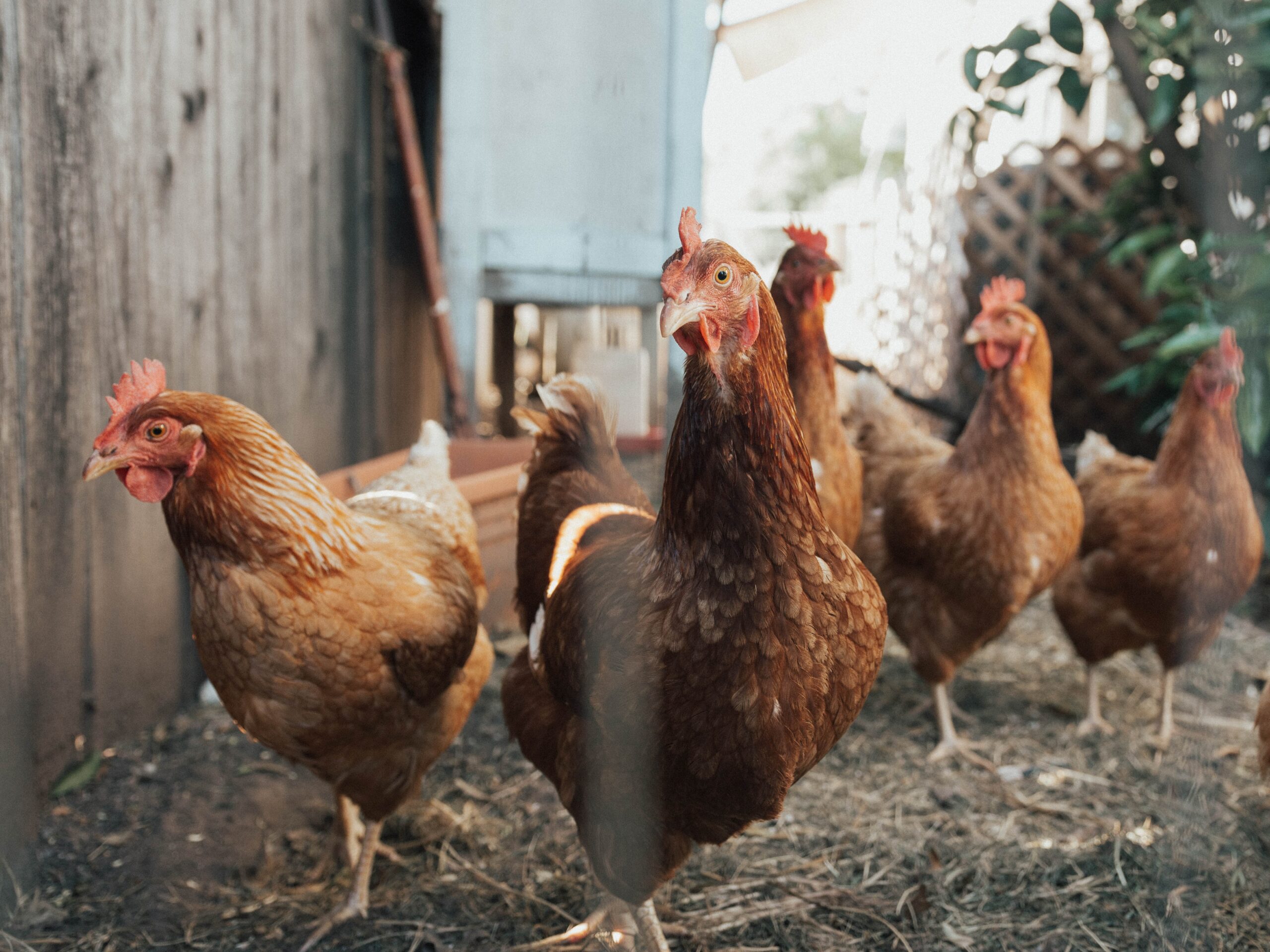
Background of the Chinese Chicken Trade Deal
China has had a poor track record with food safety. Rat meat was being sold as lamb, baby formula was contaminated with melamine (killed 6 babies and sickened hundreds of thousands), and oil from gutters were being sold as cooking oil. In the first three quarters of 2016, China’s Food and Drug Administration found half a million cases of food-safety violations! In 2014, a Chinese factory was selling stale meat to large international food chains like McDonald’s and KFC, but they were repackaging the meat with new expiration dates. Luckily, USDA’s Food Safety and Inspection Service made its way to China to train Chinese officials in meat safety.
The Chinese Market for Beef
The Chinese have developed a huge craving for beef, and the U.S. hasn’t been included in that market ever since mad cow disease cropped up in America in 2013. Even South Korea, Japan, and Mexico banned U.S. beef imports. All of these countries eventually lifted the ban – except for China. That’s why this is kind of a big deal! Ross said this new deal is opening at least a $2.5 billion market for the U.S.
Negotiations and Deadlines
The Lengthy Negotiation Process
Many people believe the Chinese waited such a long time to lift its ban so that they could offer the U.S. a negotiation – Chinese chicken imports. The negotiation has been going on for over a decade and was even stalled by Congress because of worries about China’s food safety practices. American beef producers, however, are ecstatic that they can finally send beef to China (the world’s largest market) once again.
The Chinese Chicken and its Food Safety
Starting mid-July, the U.S. will receive final clearing to export beef to China. Around this time will also be the deadline for the U.S. to finalize the guidelines for the chicken imports. The biggest question is why cooked chicken? Why not raw chicken?
China has had a long problem with outbreaks of Avian Flu, which is believed to spread to the U.S. if raw Chinese chicken is imported. The Avian Flu starts in pigs, spreads to poultry, and evidently infects humans. There’s no telling what the Avian Flu could do in America – contaminate our plants or maybe even spread to our birds. We decided to compromise with China. Thus, the reasoning behind cooked chicken.
Ensuring Safety and Consumer Choice
Food Safety Inspections and Standards
Apparently, a country has to meet certain food-safety inspections that are equivalent to America’s in order to ship meat and poultry products here. The determination process for China is already underway, and the trade deal expedites the process. China is also trying to meet our standards for their inspection for slaughter facilities, but that is a much longer process.
Reassurance for Consumers
American’s shouldn’t worry too much. The USDA is going to great lengths to ensure the safety of Americans. They’re even inspecting plants that could process the chicken shipments. Even though we will be seeing Chinese chicken imports, they won’t be taking over the shelves in our grocery stores. People still favor U.S. food producers! It’s also cheaper and more economical to raise chicken domestically and sell it than to buy imported chicken.
The Future of International Trade: Opportunities for American Exporters
Increasing international trade is not going to end any time soon. President Trump even said he will be giving American exporters a better chance to compete by re-negotiating trade deals. We saw this happen in this trade deal! How do you think America got the opportunity to sell beef to China once again?
If there’s one thing that will make grocery shopping a little easier for you, just think of all the great lengths our administration is going to in order to make our health a priority. We actually sent professional food inspectors to China! Not just to inspect their ways of cooking, farming, or producing, but to also teach them the proper ways to do all those things in accordance to proper safety guidelines.
So next time you’re out shopping for meat, look at the label. Was this meat made in the U.S.? If American meat sounds like a better option to you, then take it! If you’re going out to eat, opt for vegetarian dishes if you’re weary about the meat. Lucky for you, Aling’s chooses the finest meats, but we also have vegetarian plates that taste delicious! If you’re in the Houston or Sugar Land area, come taste the finest Chinese food! Don’t hesitate to reach out to us at +1 281-242-0432 and join us for lunch, and we’ll help you find the most delectable meal for your palate.



